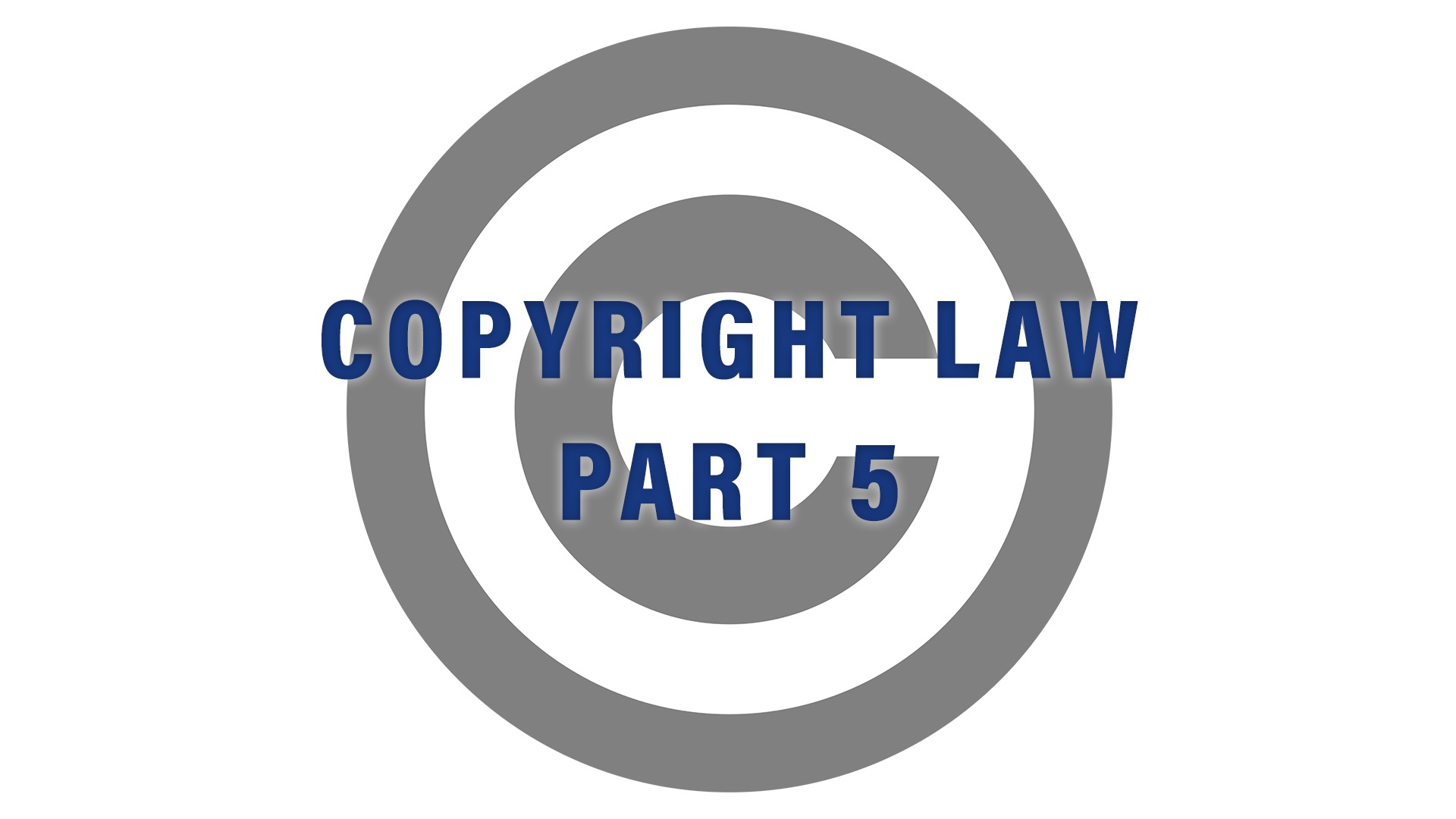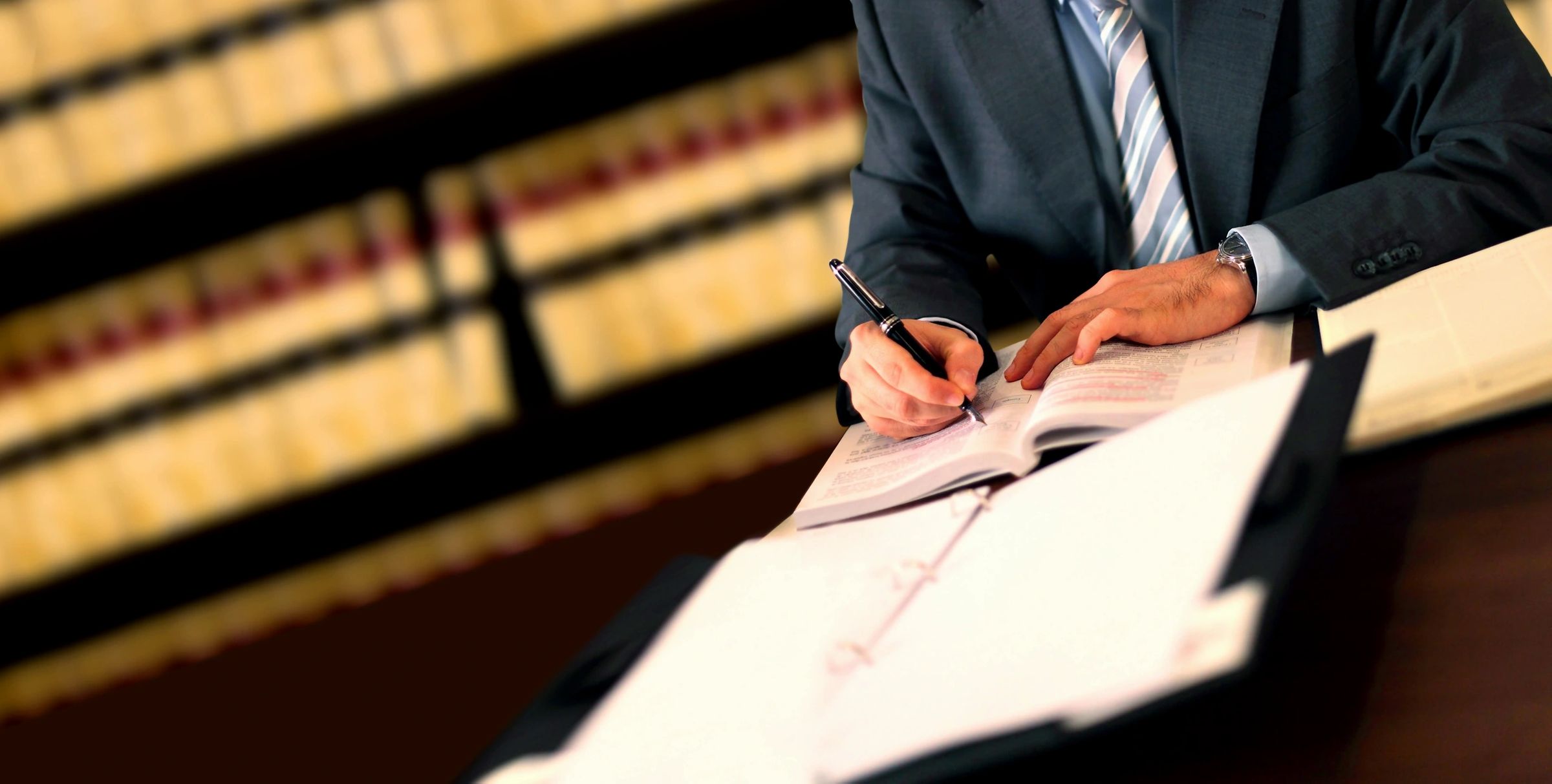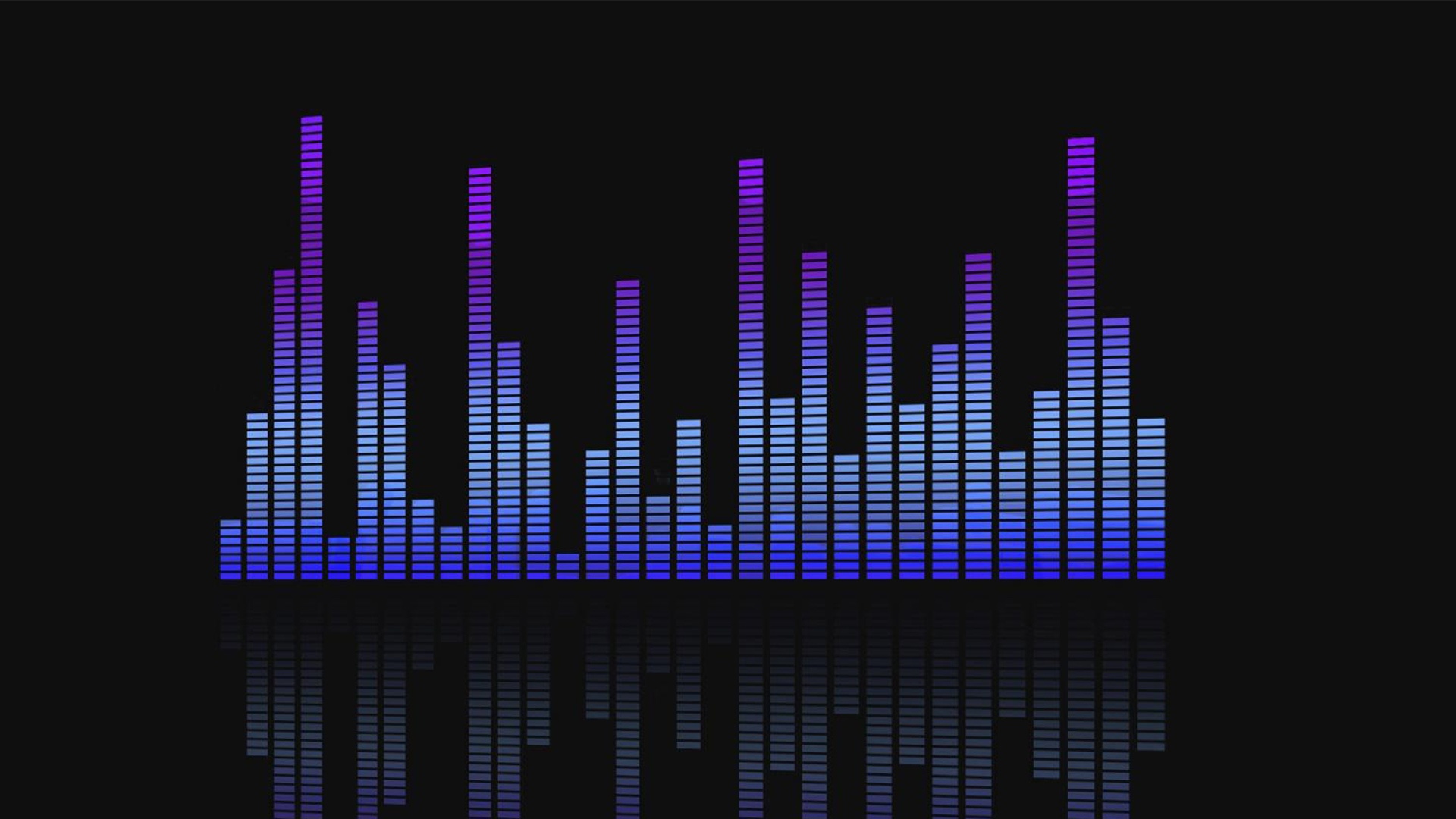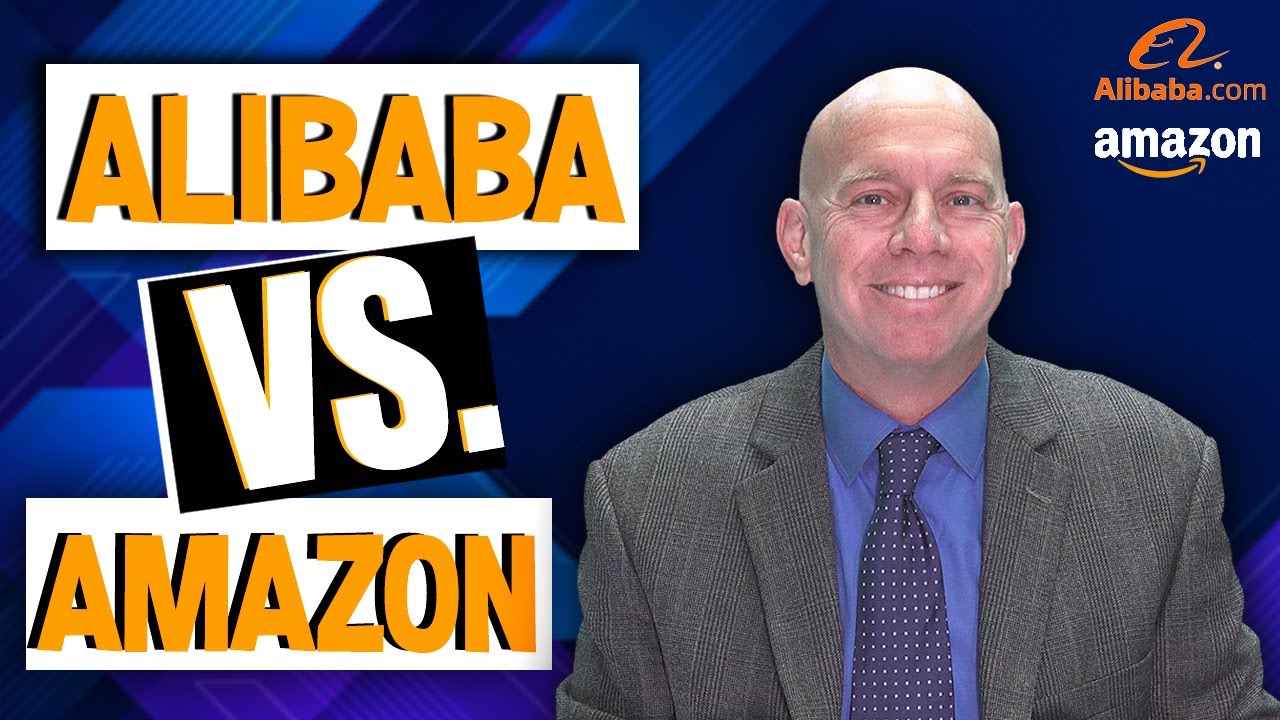
So far, we’ve discussed some of the logistics around copyright, how it’s obtained, and what people use it for. But there are still some important questions to answer when it comes to copyright.
How long does one own the rights to their copyright, what rights does a rights holder have, and what are the limitations on those rights?
Today, we’ll talk about the finer points of copyright registration and the rights involved with a copyright, as well as why an artist or small brand shouldn’t feel powerless when dealing with a rights holder.
Registration
As the owner of a work, you are not legally required to register for copyright in order to be protected by copyright law. However, there are some benefits to registering for copyright that entices rights-holders to do it.
Here are some benefits as explained by copyright.org:
“Registration is recommended for a number of reasons. Many choose to register their works because they wish to have the facts of their copyright on the public record and have a certificate of registration. Registered works may be eligible for statutory damages and attorney’s fees in successful litigation. Finally, if registration occurs within five years of publication, it is considered prima facie evidence in a court of law.”
In order to sue for infringement, you must register your work for a copyright first. So if you’re concerned that somebody is going to steal your work, it’s wise to register for copyright as a precaution. Registration can also disqualify an innocent infringement defense from the offender.
In the scenario that a work was published between January 1, 1978, and February 28, 1989, the work will need to be registered in order to be legally protected under copyright law. This is because copyright rules changed after the Berne Convention, prior to which registration was indeed required for legal copyright protection.
One thing that is required for copyright protection, however, is a deposit. In order to fulfill the deposit, you must send two copies of the work to the Library of Congress to register the work for copyright. A deposit can be made without registration, but a registration cannot be complete without a deposit. The deposit then becomes property of the Library of Congress.
Length of Copyright
As we’ve noted in the past, the duration of a copyright protection lasts for 70 years following the death of the original author of the work as per the Copyright Term Extension Act of 1998. Prior to that law, copyright protection lasted a much shorter period of time (how short depends on a lot of factors) and oftentimes, authors would live to see their work placed into the public domain where others could profit from the creator’s likeness. The current length of the copyright term allows for much more flexibility and creative thinking on the part of the author so the author doesn’t fear that their work will legally fall into another person’s hands.
In the case that multiple authors created a work, the work is copyrighted until the death of the last author plus 70 years. For example, the copyright on Queen’s hit solo Don’t Stop Me Now (1979) will not begin its 70-year clock until the death of the last artist in the group, even though some members of the group are no longer alive today. However, Queen’s Bohemian Rhapsody is under a different set of copyright expiration guidelines since the song was released prior to 1978.
In the case that a work is produced for hire, the copyright expires 120 years after it is first created of 95 years after it is first published, whichever comes first. As CJ Rosenbaum, founder and CEO of Rosenbaum Famularo, P.C., the law firm behind Amazon Sellers’ Lawyer explains, “A “work made for hire” is a work created by an employee, or it is a commissioned work. A work by an employee must be created during the scope of her employment to be considered a work for hire.”
Exclusive Rights
As the owner of a copyright, you are entitled to a whole host of things involving the product that others without the copyright are not legally allowed to do. These are considered the rights holder’s “exclusive rights.”
As the owner of the copyright, you are exclusively entitled to reproduction, the right to create derivative works, distribution, public performance, and public display.
The exclusive rights are fairly straightforward and easy to understand until you get to the part about public performance, where there are some lines that need to be drawn and terms that need to be defined in order to completely understand what the right is saying.
Let’s say you’re a musical artist and you create your first studio album. If you have copyright on that album, you are the only one who is legally allowed to create original copies of that music for distribution and you are the only person who is allowed to perform those songs in their original form in front of a live audience (unless you legally grant permission to someone else to perform it).
Of course, anyone who legally purchases your music is free to listen to the music for personal enjoyment. According to the copyright act, performance is considered “to recite, render, play, dance or act it.”
As per the Music Licensing Act of 1998, the music can be played (but not performed) at the following public locations without violating copyright law: radio stations, bars, night clubs, juke boxes, hotels that play music over the speakers, restaurants, stores, and telephone operators that play hold music for callers. This is why you might hear today’s latest pop hits while you walk through a shopping mall, even though the artists aren’t there to perform that music.
The term “public performance” has also changed over the years. With the rise of streaming services such as Netflix, Hulu, and Amazon, a streamed movie or television show has been deemed a “public performance” even though most viewings are done in private settings by just one or two people at a time. Downloads, however, are not considered to be performances as per the U.S. Court of Appeals. They may instead be considered reproduction or distribution.
Statutory Exceptions
It may seem like copyright owners hold a lot of power. In many cases, that’s true. However, there are some limitations on the power that rights holders have, which are called “exceptions.”
The first sale doctrine is one exception. If we go back to the musician example, you are the only person who is able to legally create and distribute original copies of the album. That doesn’t mean nobody else can sell your albums, however. If someone buys an original copy of your album legally, they are also legally allowed to re-sell it inside the United States according to the first sale doctrine. We’ll get into more detail surrounding the first sale doctrine later, but it’s important not to confuse creation and distribution with sales. Without the first sale doctrine, record stores and used book stores would never be able to survive, and there would have been no growth in eCommerce sales on eBay and Amazon.
Another exception on the rights holder is fair use. According to the Copyright Act, the following are permitted as fair use: criticism, commentary, news reporting, teaching, scholarship, and research. The Rolling Stone can legally write a review of your album and is allowed to provide news updates as to when your album will release, even if they cannot legally perform or distribute your album. As we will touch on later, fair use is a very powerful defense that could matter if you find yourself facing infringement allegations.
Copyright Law for Brand Protection Part 5 Conclusion
Copyright is an extraordinarily powerful tool for rights holders. It encourages creators to innovate without fear and allows them to control the perception of their work as long as they live. As we’ve demonstrated, it is not without its limitations. Artist and small business owners would be wise to pay attention to those limitations for when they might receive a sellers account suspension for copyright complaint.
Next, we’ll dive into the Digital Millennium Copyright Act and talk about why it’s so important to artist and brands.









